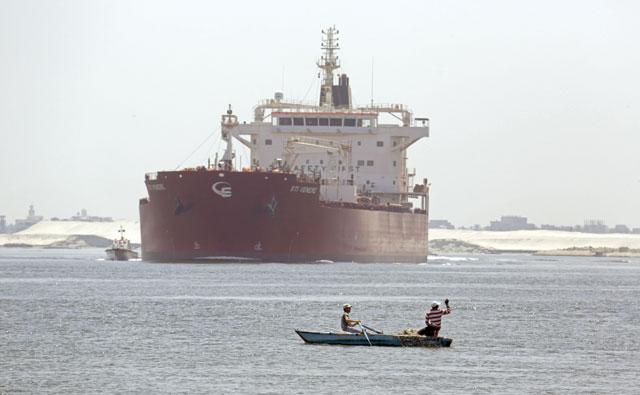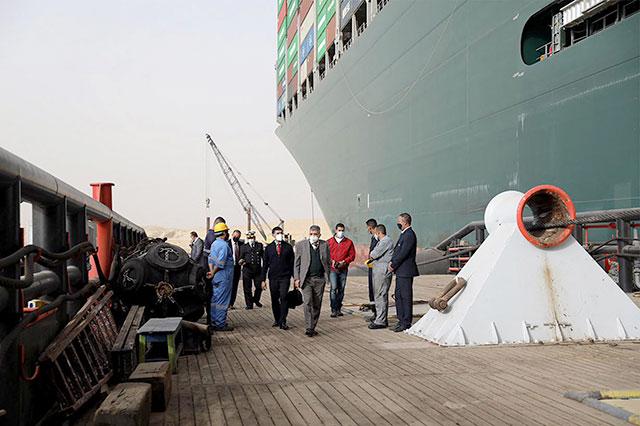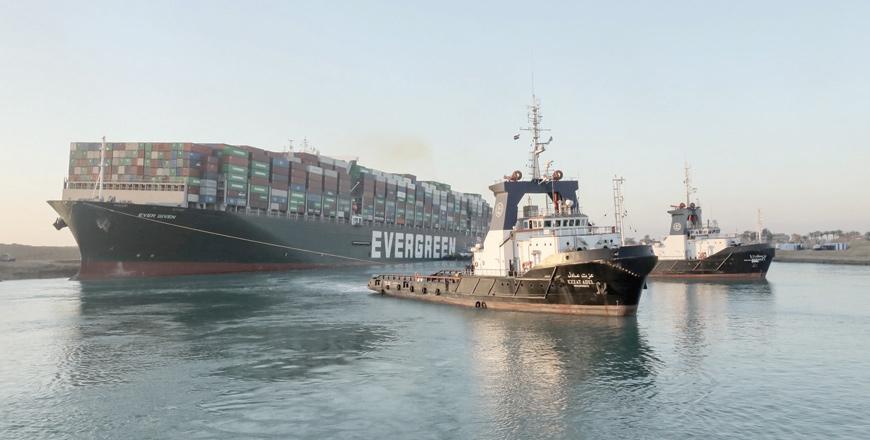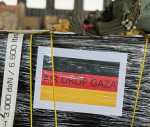You are here
Panama, Suez, Nicaragua canal schemes miss trade boat — analysts
By AFP - Sep 07,2014 - Last updated at Sep 07,2014
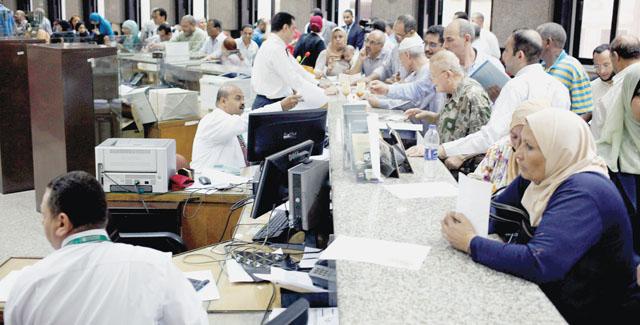
LONDON — Vast projects to expand the Suez and Panama canals are being talked up as the biggest upheaval for decades in global maritime traffic, but experts say they could be outflanked by a trade shift towards Asia.
In recent years, freight traffic travelling from Asia to the east coast of the United States has increasingly circumvented the Panama Canal and its restrictions on ship size in favour of the Suez route open to most big vessels.
Egyptian President Abdel Fattah Al Sisi has launched plans for a second Suez canal in parallel to the existing one at a cost of $4 billion (3 billion euros).
To attract business back, the board of the Panama Canal began work in 2007 to widen the channel to permit the passage of ships carrying a much greater volume of containers.
The broader channel would allow for vessels carrying 12,000 TEU containers (TEU, or "twenty-foot equivalent unit", is the standard unit of measurement for containers) — a big increase from the current capacity of 5,000 TEU.
Work on widening the Panama Canal continues despite a dispute on cost overruns.
Meanwhile, Chinese interests are involved in a project still on the drawing board to link the Pacific and Atlantic oceans with a second canal through Nicaragua.
But while the channel through central America should attract an increase in business, "it will not be revolutionary" in terms of global traffic, said James Frew, an analyst with Maritime Strategies International.
He also highlighted the efficient overland distribution network from California to the US east coast, which gives shippers an alternative route.
Panama project to have 'some impact'
The enlargement of the Panama Canal "should have some impact on container trades", according to Ralph Leszczynski, head of research at the Banchero Costa brokerage.
"However, for most shipping business such as dry bulk and tankers it's not really such a big deal," he said.
There are 4,500 container ships in the world compared to at least 10,000 dry cargo ships and more than 7,000 tankers.
"These days, most imports of coal, iron ore and oil are dominated by China, India, Japan and they do not require using any of the canals, as the main sources are Australia, Indonesia, Africa and the Middle East," Leszczynski indicated.
In addition, "the high cost of passing through the Panama Canal is such that it will become less and less attractive for transporting commodities whose prices have fallen — like iron ore," said Marc Pauchet, head of research on dry bulk carriers at the broker Braemar ACM.
Changing demands
The Suez Canal remains "fundamental for all Middle East Gulf to Europe crude oil trades... but even there it's losing importance, as the main sources of growth in oil demand are China and India, and their imports do not cross any canal," said Leszczynski.
Sisi has said the canal through Egypt must be doubled with the second route to increase traffic flow within a year.
But "I see less economic requirement for an expansion of the Suez Canal than I do for the Panama Canal," Frew said.
The only real restriction, he added, "is that you cannot get a fully loaded VLCC (very large crude carriers) through the Suez Canal but there's no restriction on container ships at the moment".
These tankers must currently unload part of their cargo at the beginning of the channel and reload at the end in order to maintain the correct waterline to pass through.
Leszczynski believes that there is also no economic justification for the construction of a competitor to the Panama Canal in Nicaragua.
"If, magically, it turned out to be cheaper to use than the Panama one, then I'm sure shipowners would appreciate it, but again I'm afraid this will not be the case," he said.
"It is interesting to note that it is the Chinese who are responsible for building the canal in Nicaragua," added Pauchet. "Perhaps they do not want to submit to American hegemony for passing from the Pacific to the Atlantic."
The United States led the construction of the Panama Canal, and granted themselves the lion's share of concessions from its opening in 1914 until its surrender in 1999.
An agreement still in force today allows them to intervene if they believe the neutrality of the channel is threatened.
Related Articles
Bulldozers push earth and dredgers spit mud round-the-clock at Egypt's Suez Canal in a race to quickly expand the strategic waterway for two-way traffic, a project trumpeted by President Abdel Fattah Al Sisi to revive both the country's damaged economy and visions of nationalist glory.
CAIRO — The owners of a giant container vessel blocking the Suez Canal said on Thursday they were facing "extreme difficulty" refloating it,
SUEZ, Egypt — The MV Ever Given was refloated and the Suez Canal reopened on Monday, sparking relief almost a week after the huge container


